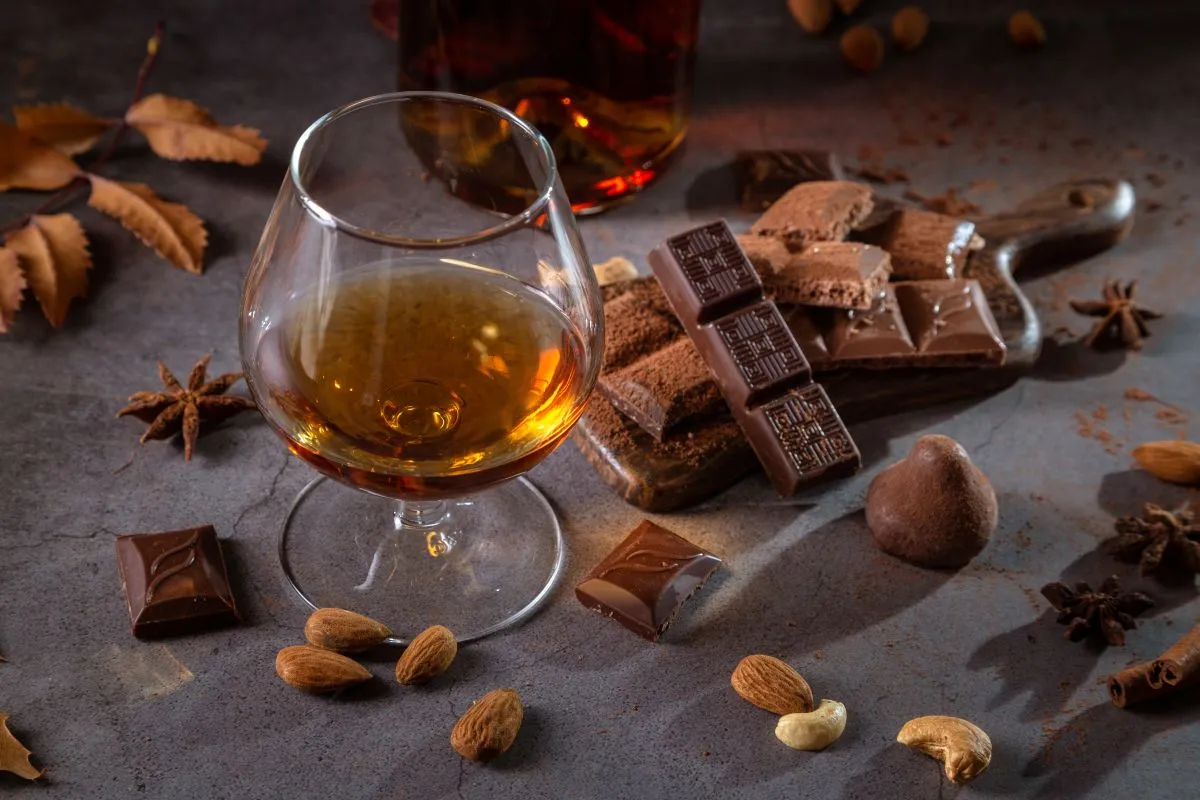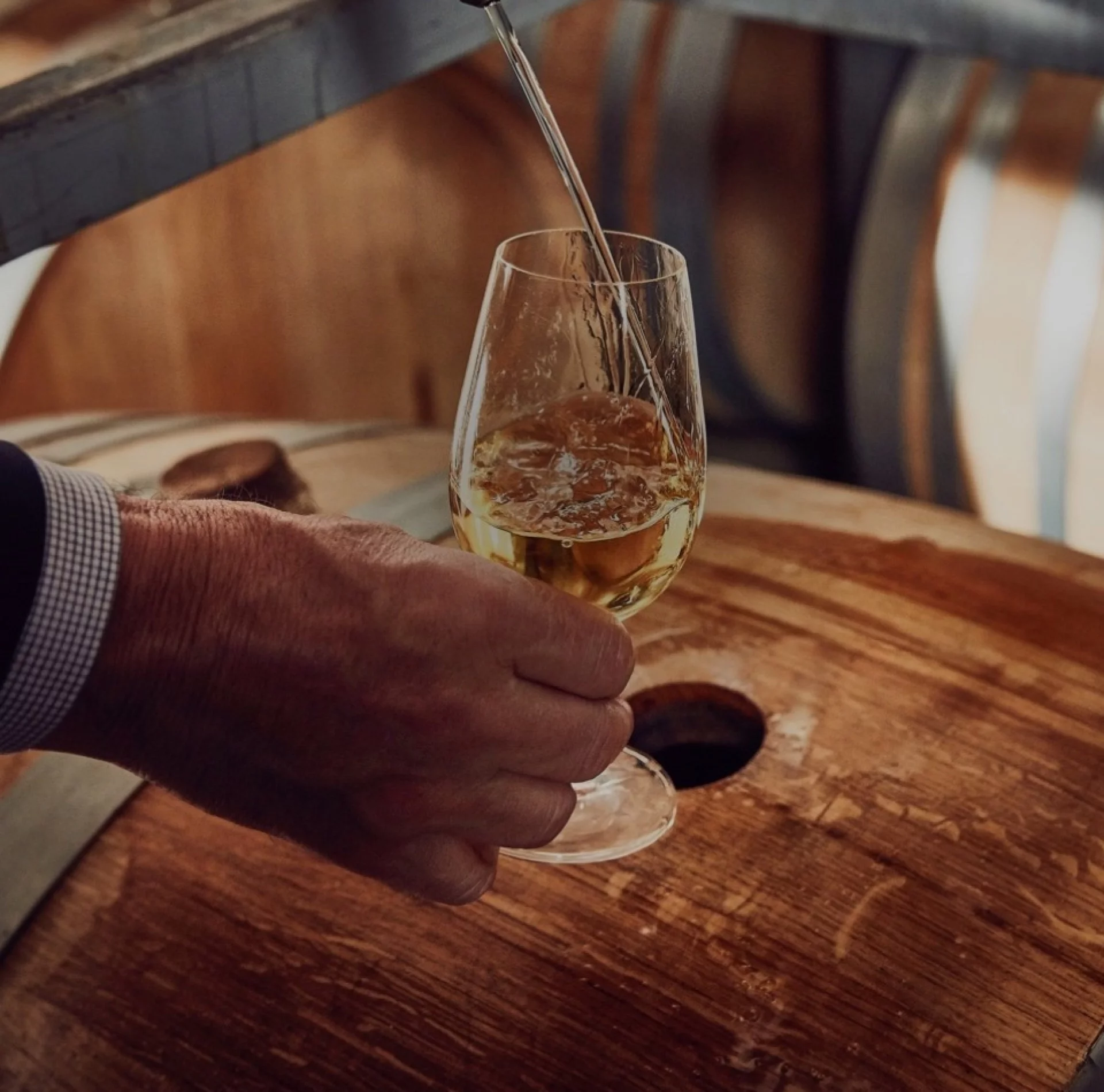
Armagnac vs Cognac: Decoding the Differences
When it comes to brandies, Armagnac and Cognac stand as two of the most distinguished names in the world of spirits. Both hailing from the southwestern regions of France, these liquids boast rich histories, intricate production methods and unique taste profiles. But despite their similarities, Armagnac and Cognac offer very much distinct experiences.
What is Cognac?
Cognac is a type of brandy that comes from the Cognac region in southwestern France. The production of Cognac is governed by strict regulations that ensure the quality and authenticity of the spirit. Cognac must be made from specific white grape varieties, primarily Ugni Blanc (Folle Blanche, Montils, Folignan and Colombard are all allowed too), and distilled twice in copper pot stills known as “Charentais”. This double distillation process produces a clear, high-proof spirit that is then aged in French oak barrels for a minimum of two years.
The aging process is crucial to Cognac’s development, with the spirit absorbing flavors and aromas from the oak barrels over time. Cognacs are often categorized by their age, with designations such as VS (Very Special, aged at least two years for the youngest component entering in the blend), VSOP (Very Superior Old Pale, aged at least four years), and XO (Extra Old, aged at least six years). The result is a refined, elegant spirit characterized by notes of vanilla, fruit, and floral elements, that perfectly shine in Grand Marnier.
What is Armagnac?
Armagnac, produced in the Gascony region, is France’s oldest brandy, with a history dating back to the 14th century. Like Cognac, Armagnac is made from specific grape varieties, including Ugni Blanc, Colombard, Folle Blanche and Baco Blanc, however its production process differs significantly.
Armagnac is typically distilled once using a continuous column still, known as an alambic Armagnacais. This single distillation results in a spirit with a lower alcohol content but a more robust and complex flavor profile. After distillation, Armagnac is aged in oak barrels, resulting in similar classifications to Cognac, with designations such as VS, VSOP, and XO, but the spirit often spends longer periods in barrels, thus differing in depth and body.
Comparative Analysis: Taste Profiles
The taste profiles of Armagnac and Cognac are shaped by their distinct production methods and aging processes. Cognac is known for its smooth, refined character, that can be described as elegant and sophisticated. The double distillation process results in a spirit that is lighter and more delicate, with a focus on floral, fruity, and vanilla notes, exhibiting a harmonious balance of sweetness and acidity.
In contrast, Armagnac offers a more robust and earthy experience. Armagnacs are known for their richness, with hints of dried fruits, spices, toffee, and chocolate. The longer aging process also imparts a greater influence of wood, contributing to a more pronounced tannic structure and a bolder taste.
To sum up a short comparative description, whilst Cognac tends to be smoother and more elegant, consistent in time, Armagnac is usually funkier and age-dependent.
Distillation and Aging Processes
The distillation and aging processes are key differentiators between Armagnac and Cognac. Cognac’s double distillation in copper pot stills produces a spirit that is purer and more refined. This method refines and concentrates the desired flavors, resulting in a lighter, more elegant spirit, then refined in French oak barrels.
Armagnac’s single distillation in a continuous column still, on the other hand, produces a spirit that retains more of the original grape flavors and aromas. This method results in a more flavorful and aromatic spirit right from the start, full-bodied and complex.
The types of oak used for aging differ too. Cognac is typically aged in Limousin or Tronçais oak barrels, which impart subtle vanilla and spice notes to the spirit. Armagnac, however, is often aged in local black oak barrels, which contribute to its robust, tannic structure and deep, earthy flavors.
 Belgium
Belgium 



